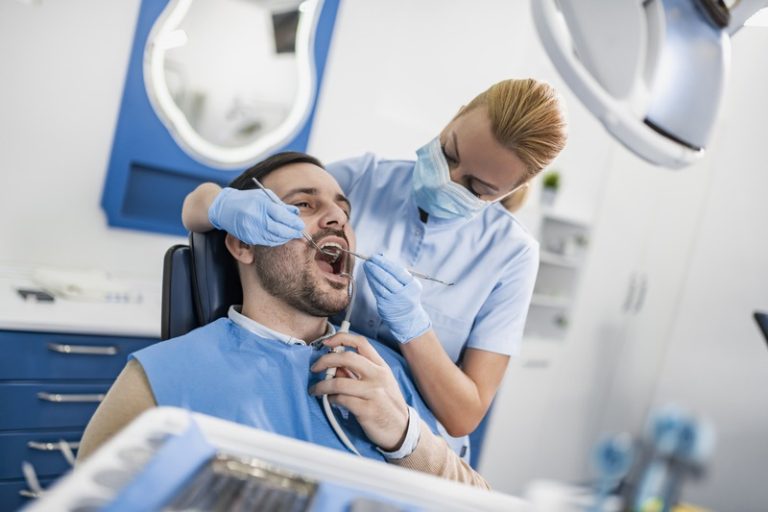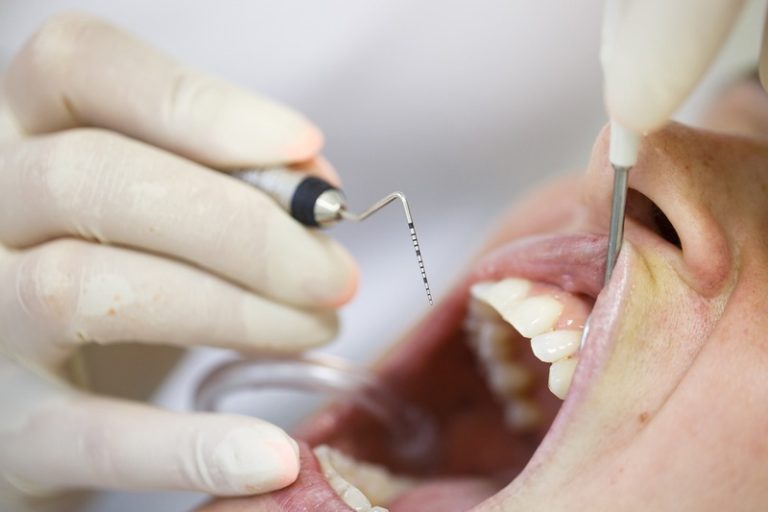What Should I Expect at My Child’s First Dental Cleaning?
Your child’s dental health is a vital part of their overall well-being. The first dental cleaning appointment is a significant step in establishing healthy dental habits. Knowing what the process involves helps in reducing any anxiety your child might have. Let’s discuss the details of your child’s first dental cleaning and what you can anticipate.
Before the Appointment
Preparing Your Child
Preparation is key to a successful dental visit. Talk to your child about what will happen at the dentist’s office. Use simple and reassuring language. Avoid words like ‘pain’ or ‘hurt’ and instead focus on positive aspects, like how clean their teeth will feel afterward.
What to Bring
Consider bringing the following items to the appointment:
-
Your child’s favorite toy or comfort item
-
A list of any medical history or medications
-
Insurance information and any necessary forms
Finding a good pediatric dentist is important for your child’s health and comfort. If you’re in the area, pediatric dentist Morgan Hill can provide specialized care tailored to young patients, ensuring they have a positive and educational experience every visit.
During the Appointment
Initial Examination
The dentist will start by examining your child’s mouth in general. They’ll check for cavities, assess the alignment of teeth, and look for any signs of gum disease. This initial check helps set a baseline for future visits.
If your child has crooked teeth, the dentist might recommend corrective procedures like Invisalign. Some parents might be curious whether Invisalign is an option for their children. Invisalign Morgan Hill offers a comfortable and discreet alternative to traditional braces, particularly for older children and teenagers.
Cleaning Process
During the cleaning, the dental hygienist will:
-
Remove plaque and tartar from your child’s teeth
-
Polish the teeth to remove surface stains and smooth the enamel
-
Apply a fluoride treatment to strengthen the teeth
This process is generally painless, but if your child feels uncomfortable at any point, let the hygienist know. They can stop and provide reassurance or take breaks as needed.
Oral Hygiene Education
The dentist or dental hygienist will usually provide instructions on proper brushing and flossing techniques. They might also offer dietary advice to help maintain good oral health. It’s essential to follow these guidelines at home and encourage your child to practice good oral hygiene habits.
After the Appointment
Feedback and Next Steps
After the cleaning, the dentist will discuss their findings with you. If there are any issues, like cavities or misaligned teeth, they’ll recommend the next steps. This could include follow-up appointments or specialized treatments.
Sometimes, cosmetic dental procedures might be necessary for children with discolored, chipped, or misaligned teeth. Consulting a cosmetic dentist Morgan Hill can help improve both the appearance and functionality of your child’s teeth.
Tracking Progress
Regular dental visits are essential for tracking your child’s oral health. Schedule appointments every six months or as recommended by the dentist. This helps ensure any potential problems are caught early.
Maintaining Oral Health at Home
Daily Brushing and Flossing
Establish a routine of brushing twice a day and flossing once a day. Use a toothbrush with soft bristles and fluoride toothpaste. Make brushing fun by using a timer or a song to ensure they brush for two minutes.
Healthy Eating Habits
Diet plays a significant role in oral health. Encourage your child to eat a balanced diet rich in fruits, vegetables, and whole grains. Limit sugary snacks and drinks, as they can contribute to tooth decay.
Why Are Early Dental Visits Important?
Early dental visits play an important role in preventing oral health issues. Pediatric dentists recommend that children have their first dental appointment by their first birthday or within six months of their first tooth erupting. Early visits help in:
-
Establishing a good relationship with the dentist
-
Identifying potential issues early
-
Teaching both parents and children about proper oral hygiene
Common Questions Parents Have
Is the Cleaning Process Painful?
The cleaning process is not painful. Some children might feel mild discomfort or sensitivity, but this is generally minimal. If your child experiences any pain, inform the dentist or hygienist immediately. They can make adjustments to ensure your child is comfortable.
How Long Does the Appointment Take?
The first dental cleaning appointment usually takes about 30 to 45 minutes. This includes the examination, cleaning, and any necessary discussions with the dentist. Arrive a bit early to fill out any paperwork and settle in.
What If My Child Is Anxious or Scared?
It’s normal for children to feel anxious about their first dental visit. Here are some tips to help them feel more comfortable:
-
Bring a favorite toy or comfort item
-
Stay calm and positive
-
Talk to the dentist beforehand about any concerns
Final Thoughts
Knowing what to expect at your child’s first dental cleaning can ease any anxieties you both may have. By knowing the steps involved and how to prepare, you can help make the experience positive and stress-free. Establishing good dental habits early on sets the foundation for a lifetime of healthy smiles. Regular visits to a qualified pediatric dentist play an important role in maintaining your child’s oral health.





